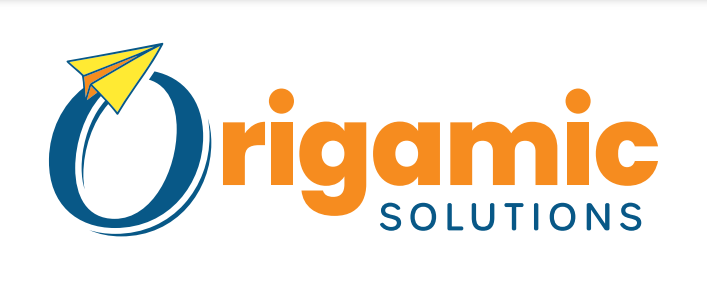How Well Do Your Business Systems Support Effective Communication?
The topic of communication within a business is typically focused on how well team members communicate with one another. But have you ever considered how well your business communicates with itself holistically across teams and/or departments? Do the tools that you implement work cohesively with one another, or are you still operating eleven different dashboards all reporting on one or two specific metrics? If you are, this is probably what your internal communications look like if we were to map out the flow of data.

It is a never-ending barrage of emails with attached spreadsheets and word documents asking for multiple stakeholder’s approvals. This causes confusion, delays and at times lost data all together.
When starting or scaling your business, it is important to be intentional with the tools that you choose. Early on in a business lifecycle, not much thought is put into selecting the right tools. If it was within the budget and able to get the job done, it was purchased. Extrapolate that across ten different tools and now you have the complex web shown above. It can become difficult to share data across platforms, thus making your reporting and data management inefficient. It may also lead to delays in the delivery of your product or service and can cause problems with project management.
Communication between your business’ systems cannot be overlooked. When looking to streamline your internal communications it is important to establish guidelines about what the right system would include. These could be things like:
- Can multiple teams/departments utilize the system?
- Is the system mobile/user friendly?
- Will it integrate and share data with other systems?
- Can I customize fields?
Once you have established your guidelines, you can begin to architect the systems in a more efficient manner. The selected tool should be able to provide a smooth experience for your team members. An efficient system set up would include the following:
- Centralized Data Storage
- Your team is inputting and accessing data from the same system (SharePoint, within Microsoft 365 for example). This eliminates confusion about where certain data is being housed.
- Automation Opportunities
- Having the option to automate follow up tasks, contract renewals or any task that repeats on a specific cadence is a great way to streamline a process and reduce the risk of someone not following up on those tasks.
- Input/Output Controls
- An efficient system gives the business the capabilities to not only feed in their own data, but control how it is being utilized. Users can create personalized dashboards, notifications and sharing capabilities that best fit their needs.
- Data Visualization
- Having the capability to display data in various manners to resonate with your internal team members or customers.
Now that you have built a super car for your business, who is going to drive it? As mentioned, the focus of developing a business’s communication processes typically revolve around the employees communicating with one another. The systems and tools that you will implement are simply facilitators to help the process move forward. Your team still needs to effectively utilize the newly implemented system in order to see the benefits. They can effectively utilize your systems by understanding some of the following:
- Reporting and Data Management
- When team members are aware of the data that their colleagues need, or the format in which they need it, it allows for them to “feed” data into the system correctly. When data is inputted incorrectly, it will cause delays due to additional reviews and taking the time to make a secondary upload.
- Internal Chat Functions
- The use of chats allows for instant communication within teams. Most systems will also allow you to attach files and documents within the chat feature, making sharing information easier than ever.
- Collaboration Functions
- If there are multiple team members working on a project, or you just need someone to review your work, you can set tasks or schedule reminders for your team members so that everyone can stay on the same page throughout a project.
With these strategies, your internal communications go from a chaotic web of information to an efficient flow of information between team members and departments.

As you look to start or expand your business, plan for the future. When designing solutions, think as if your organization has 10,000 employees. This shifts your thinking towards creating a solution that is user-friendly, easily accessible and communicates throughout your organization seamlessly.
Creating or changing tools in your business? We are here to help you navigate towards operational excellence! Contact one of our subject matter experts to schedule a free business assessment to determine what is best for your business.


.png?width=352&name=The%20Why%20Before%20the%20What%20(4).png)
.png?width=352&name=Blog%20Headers%20(4).png)